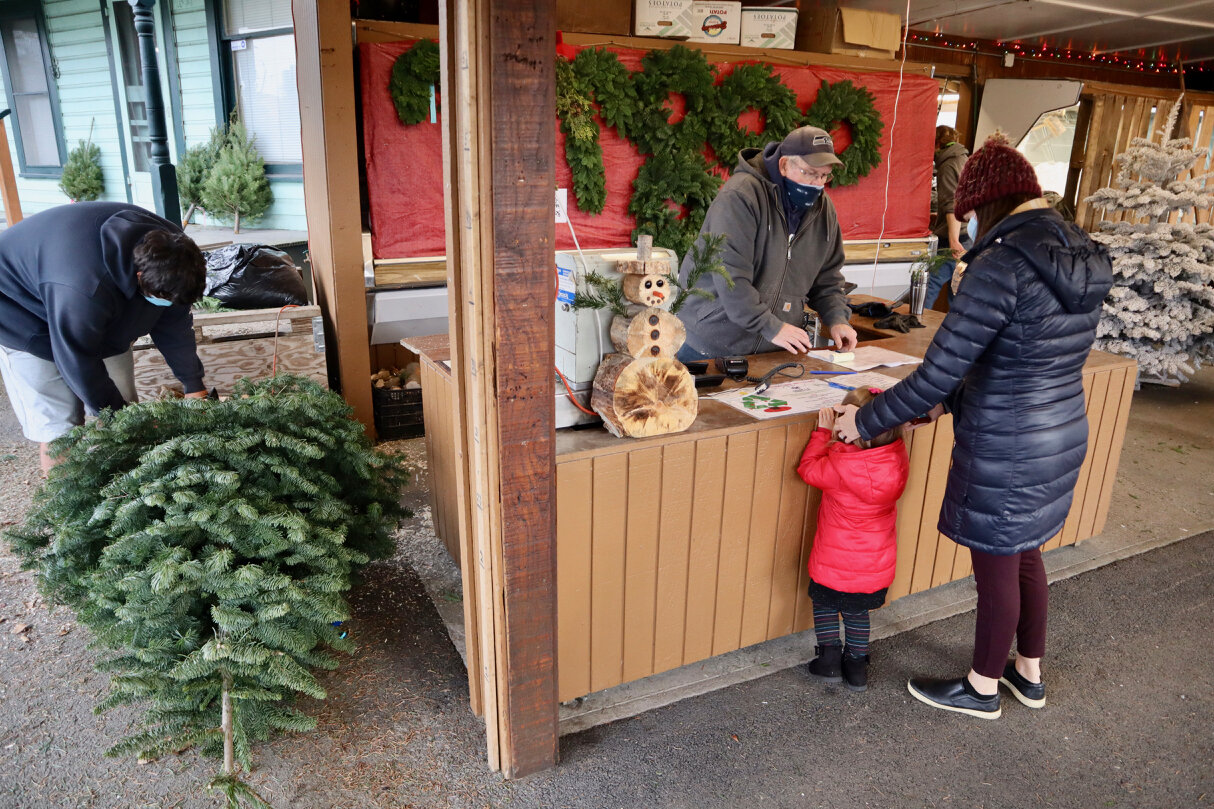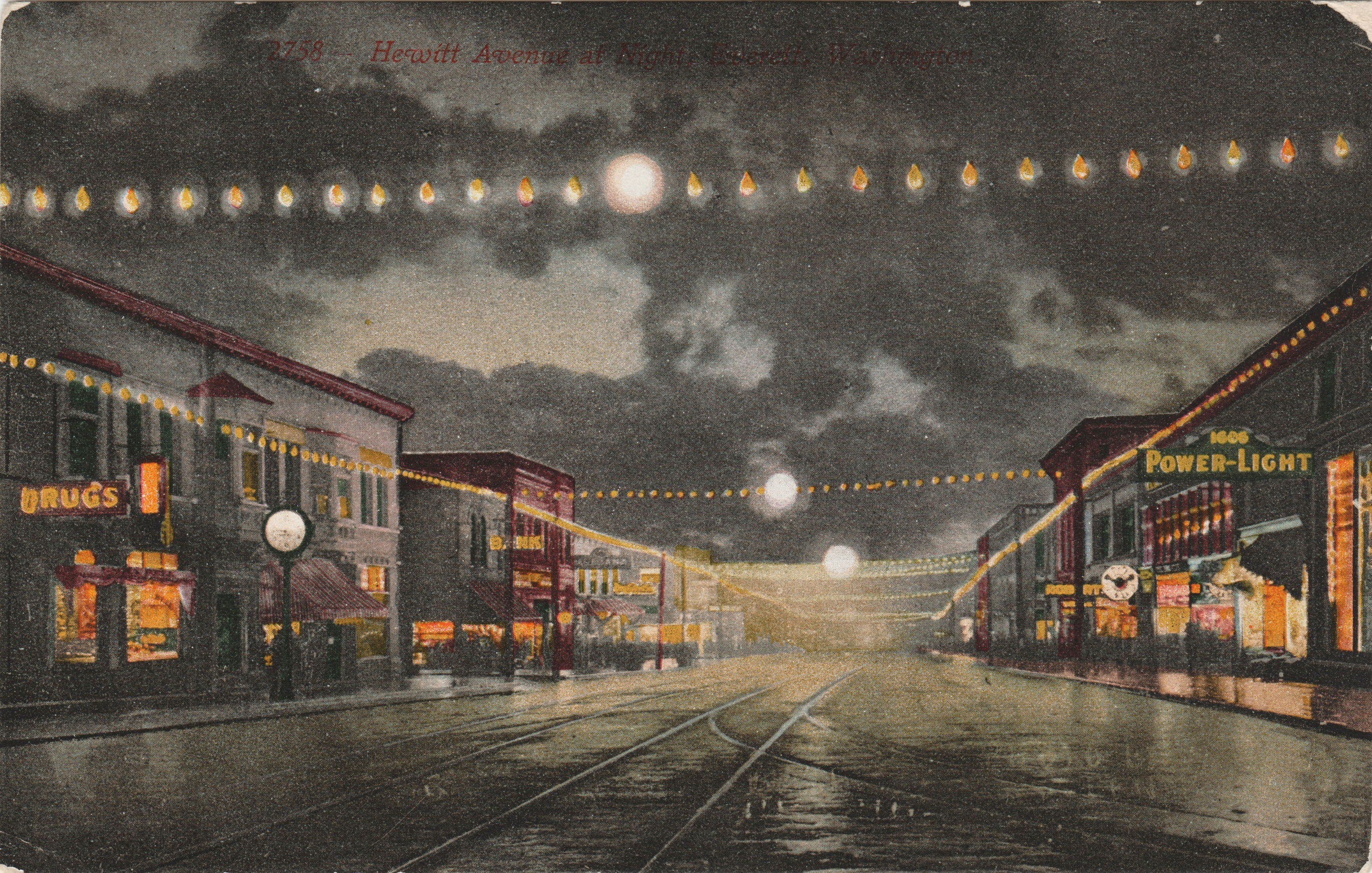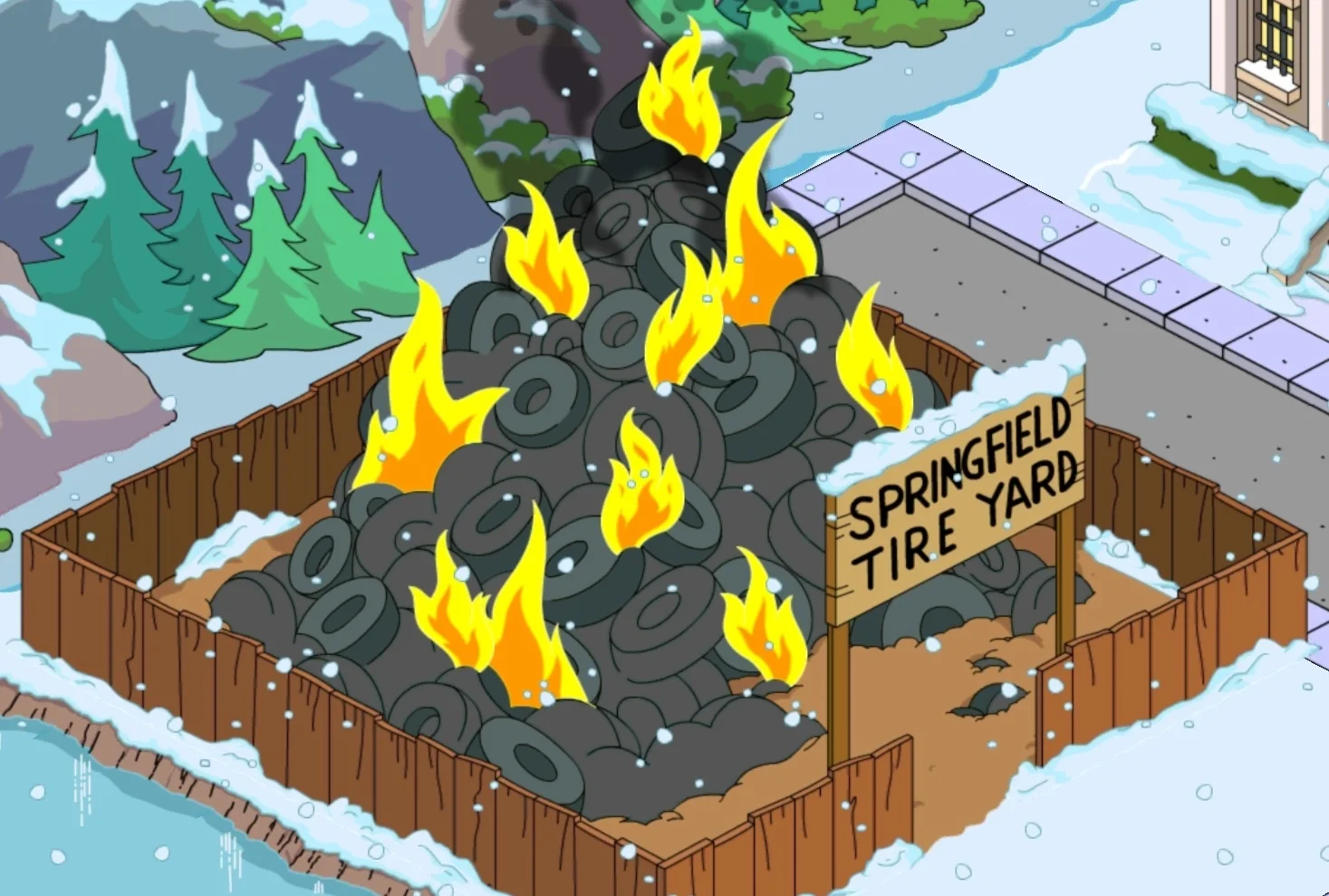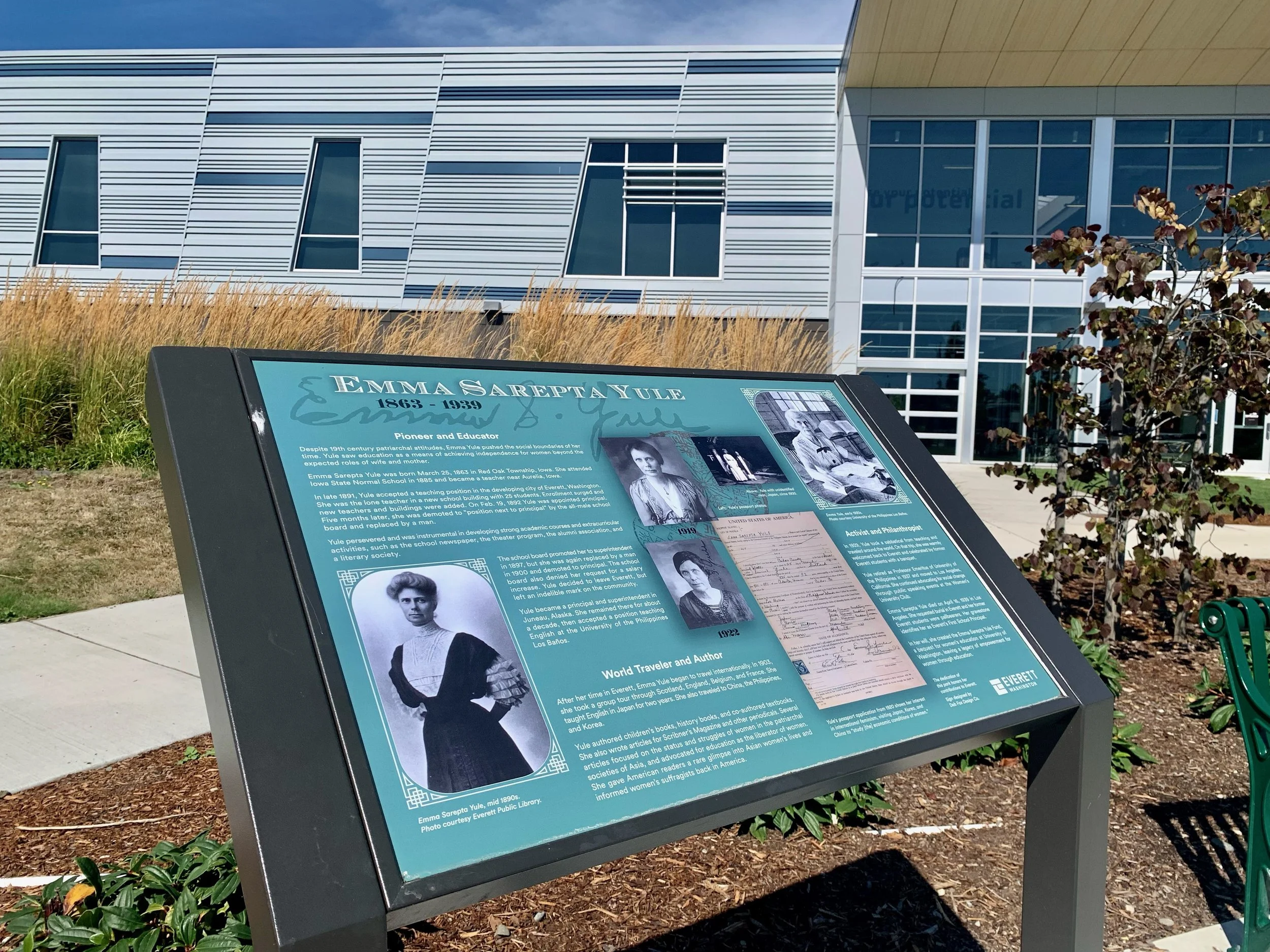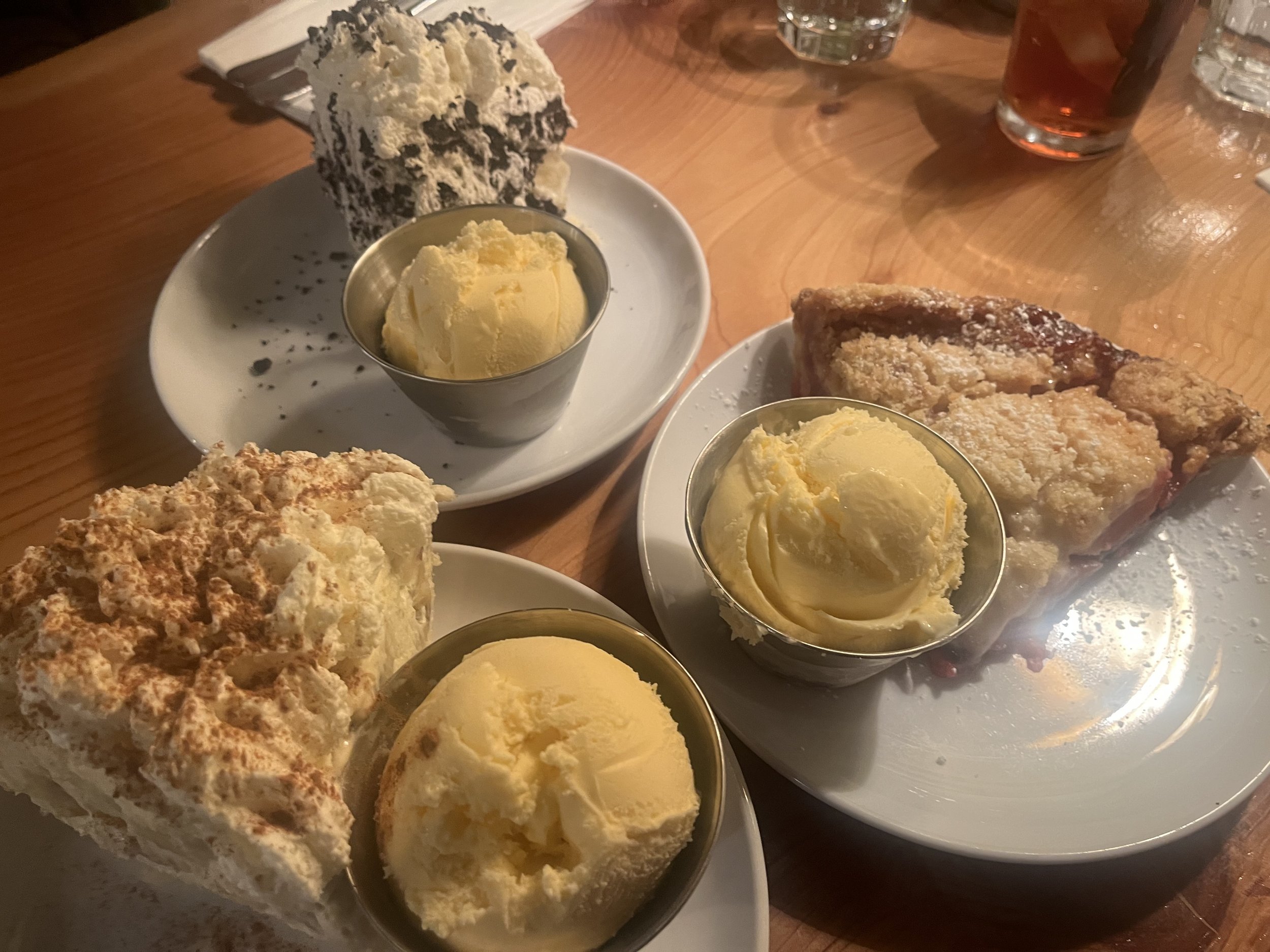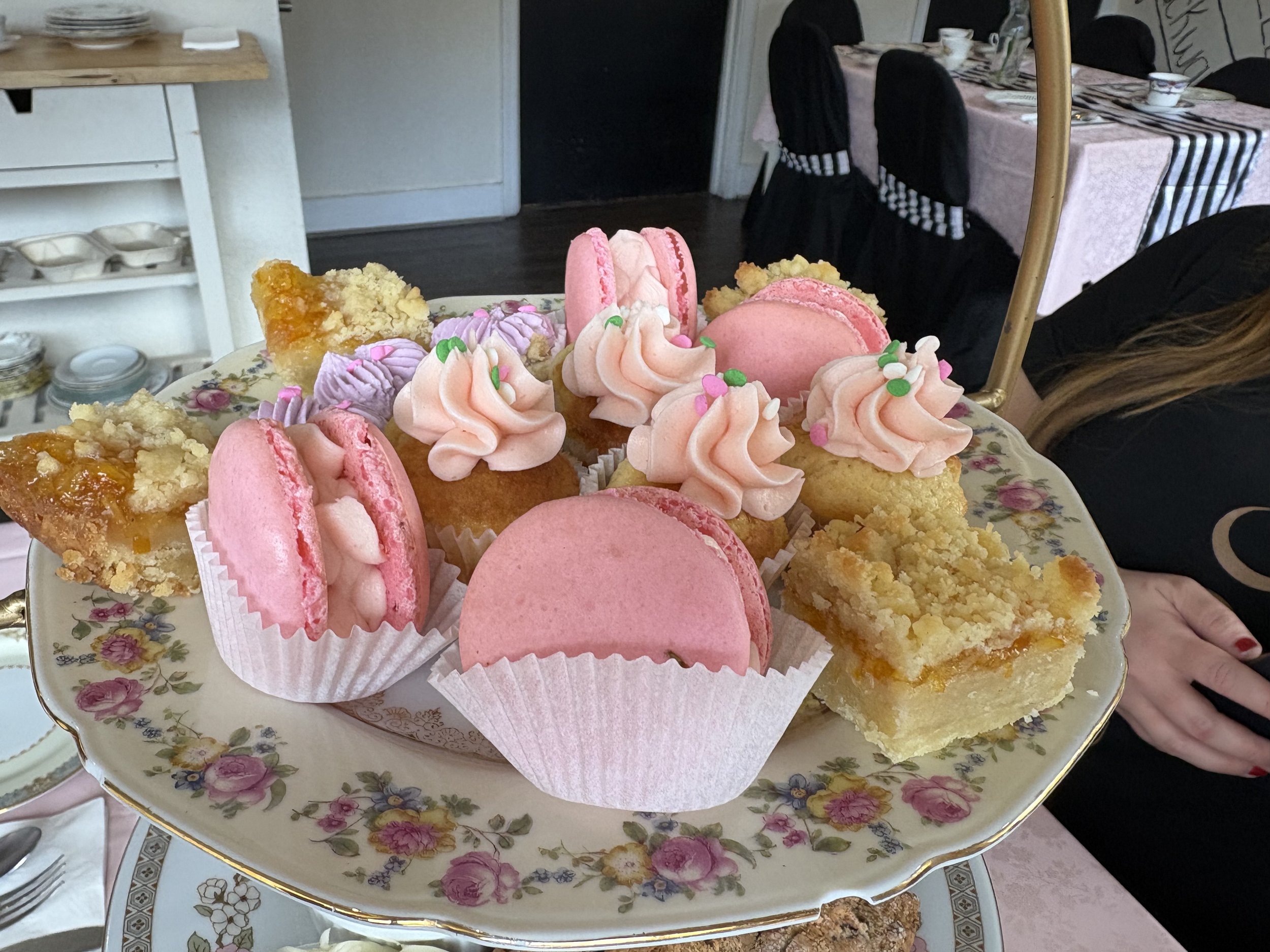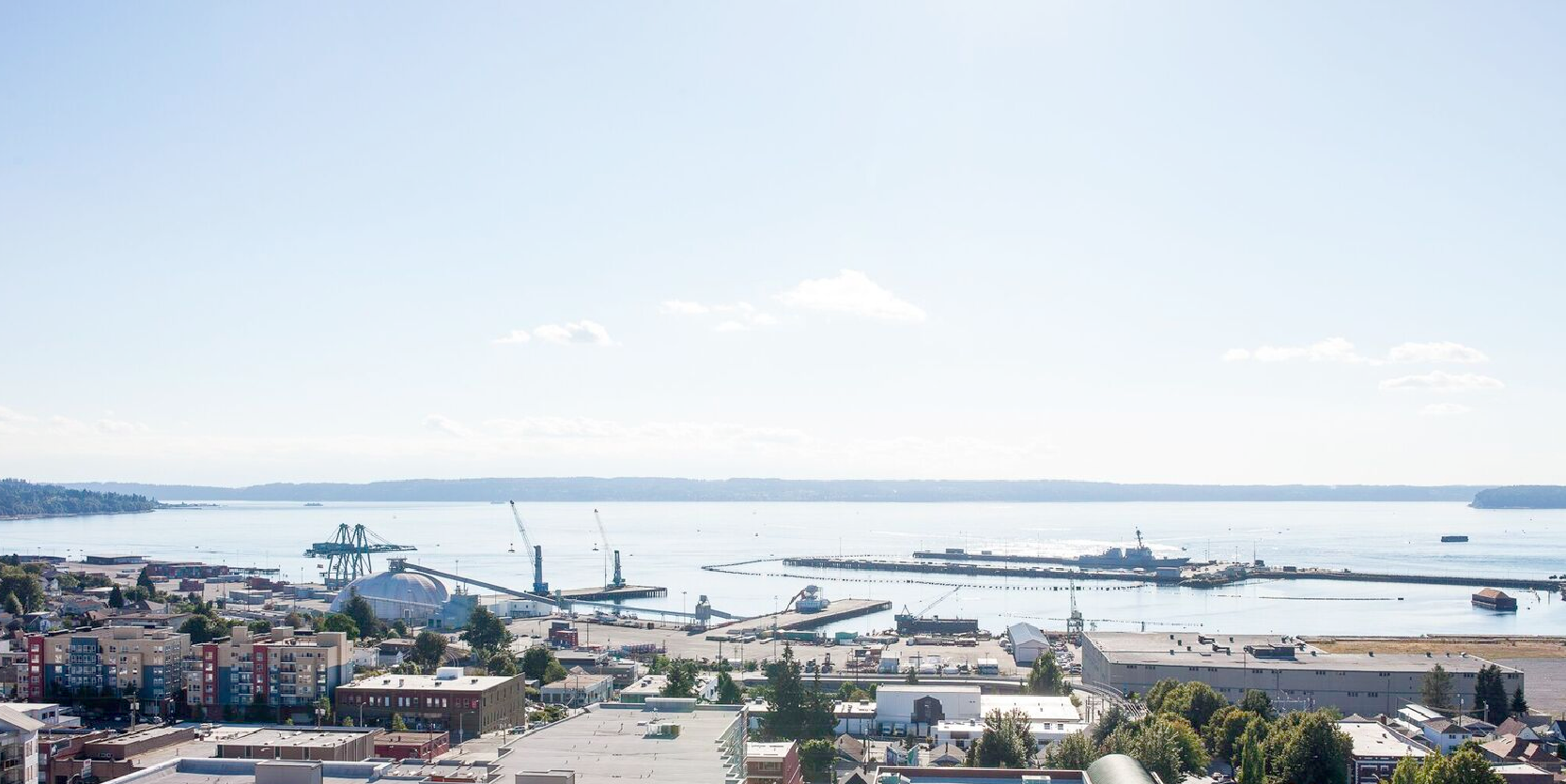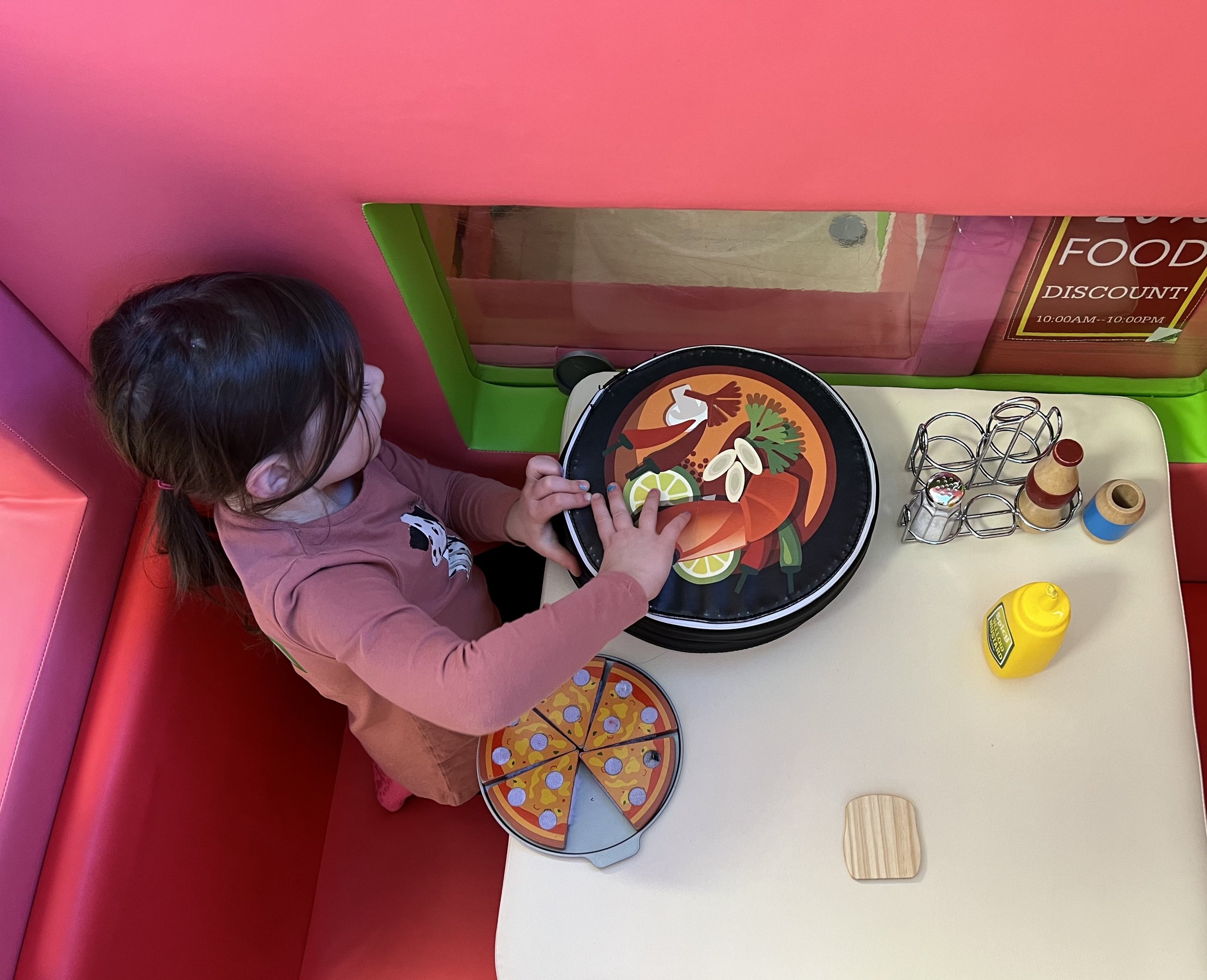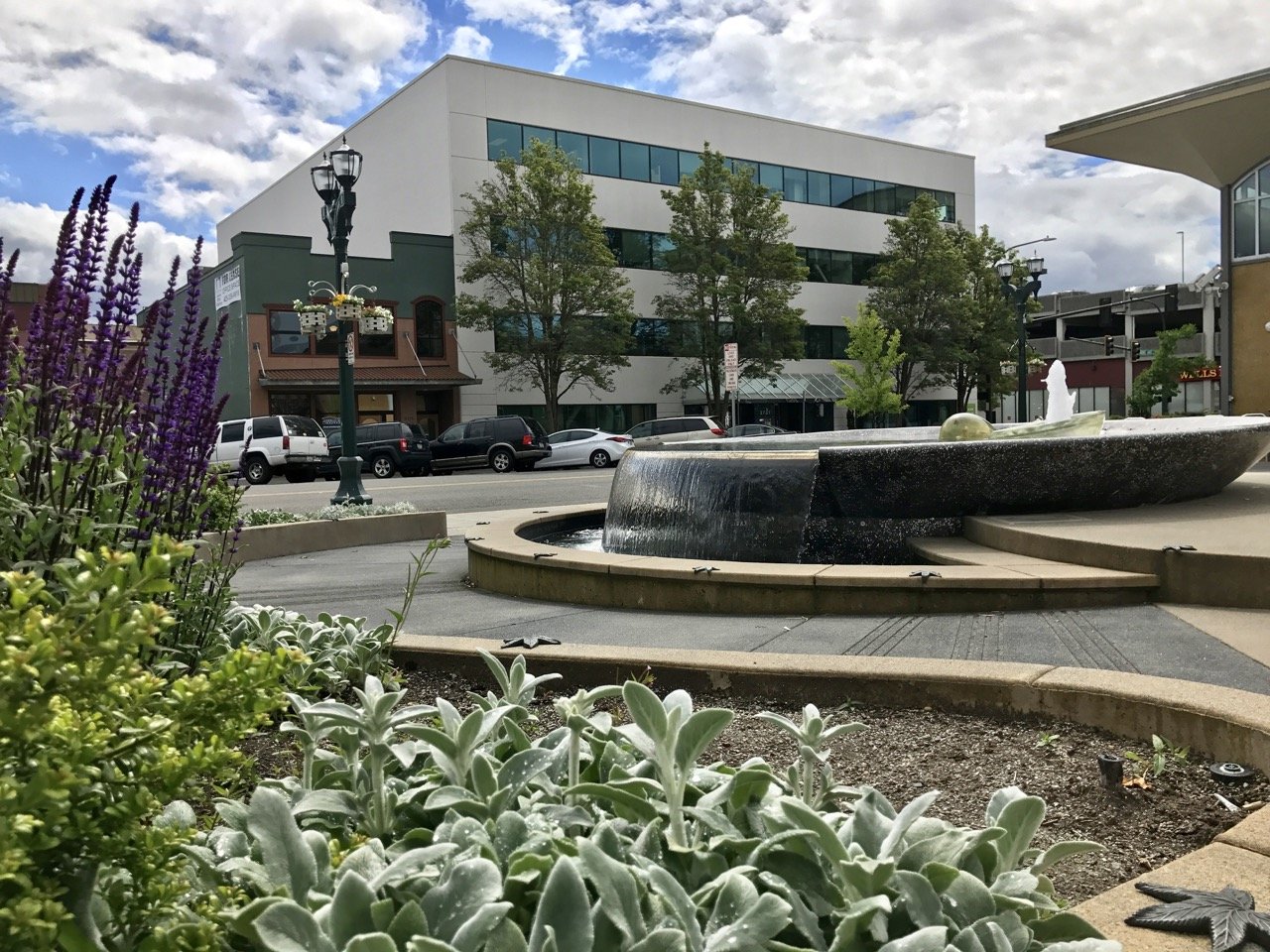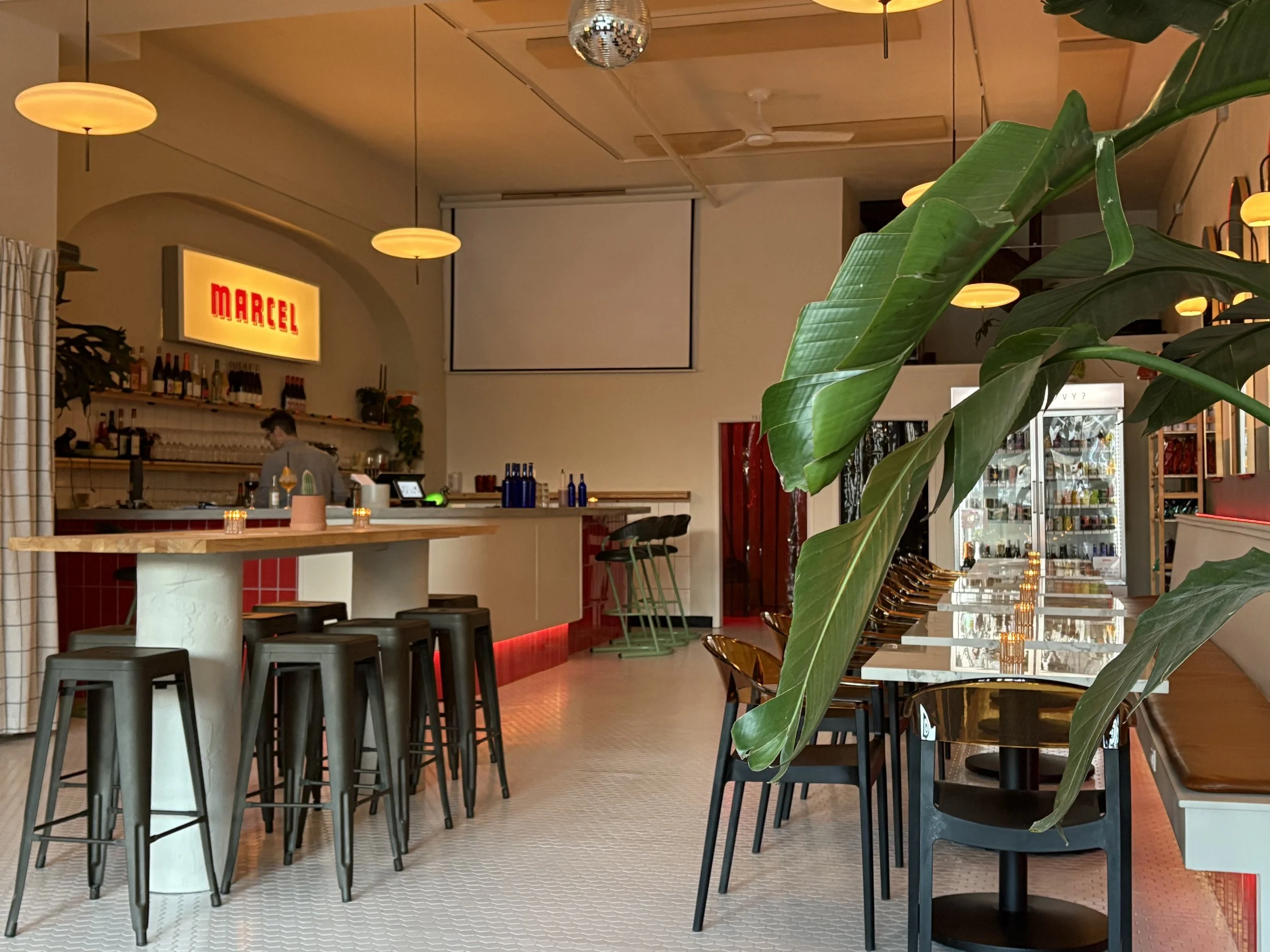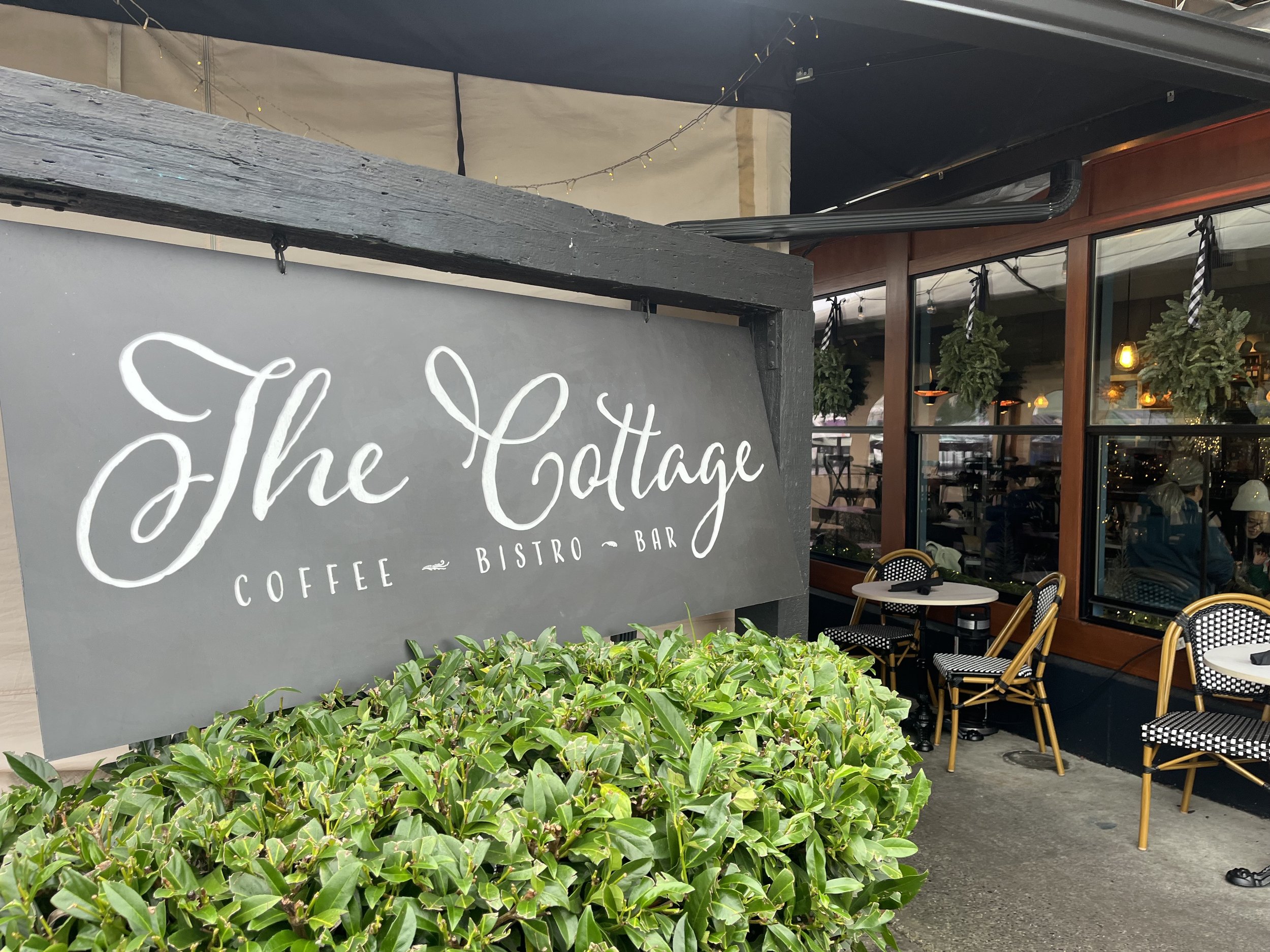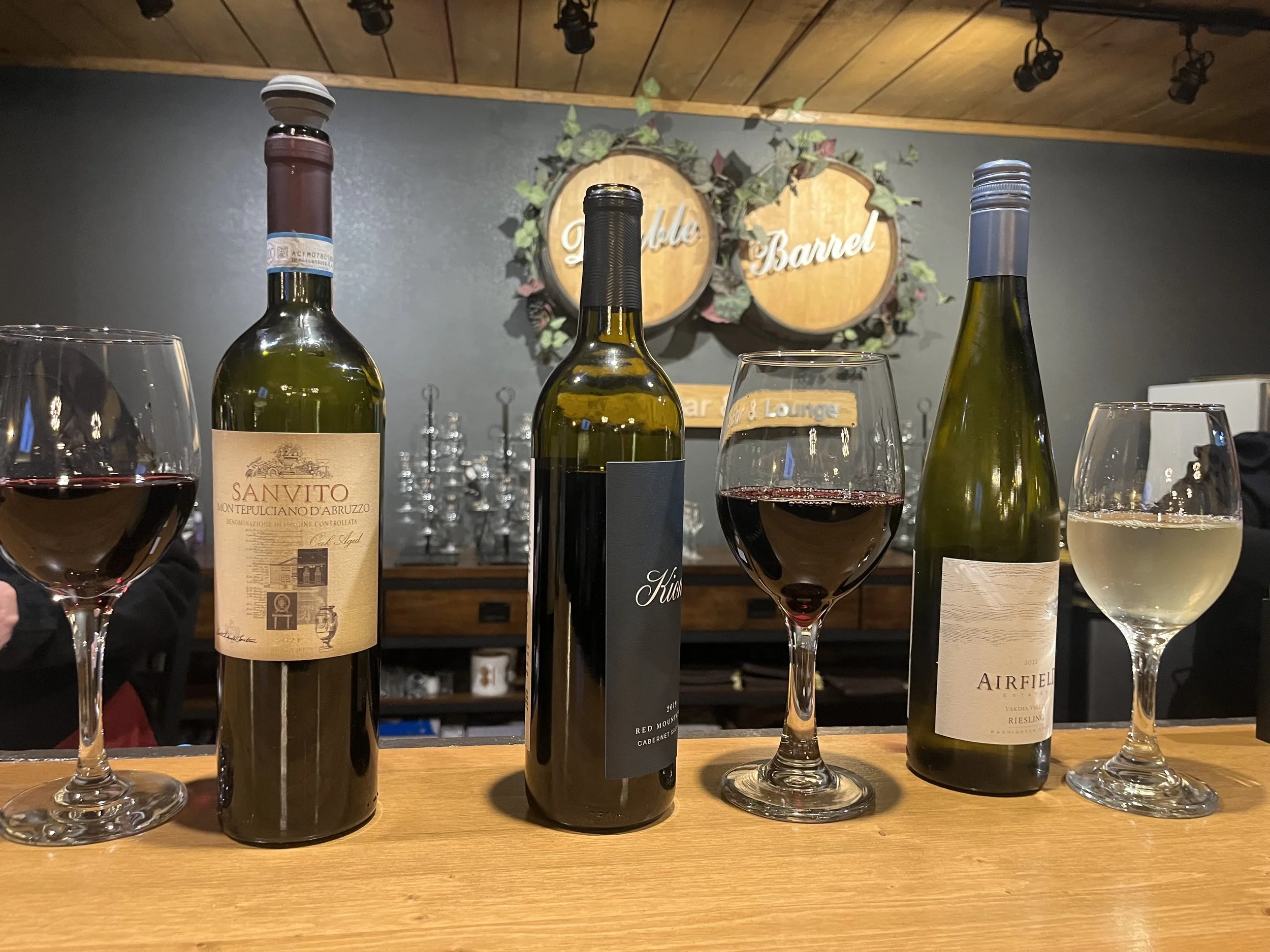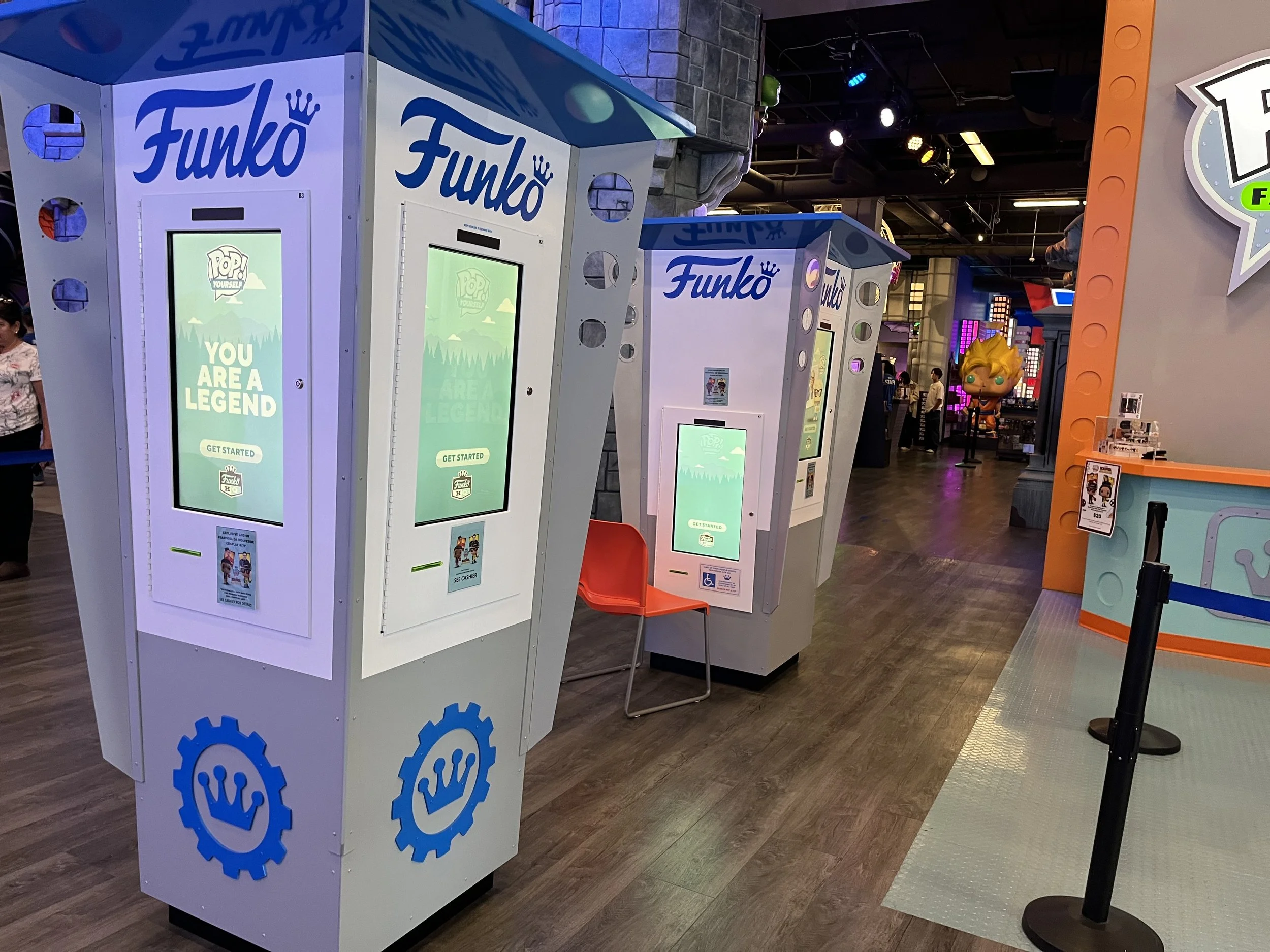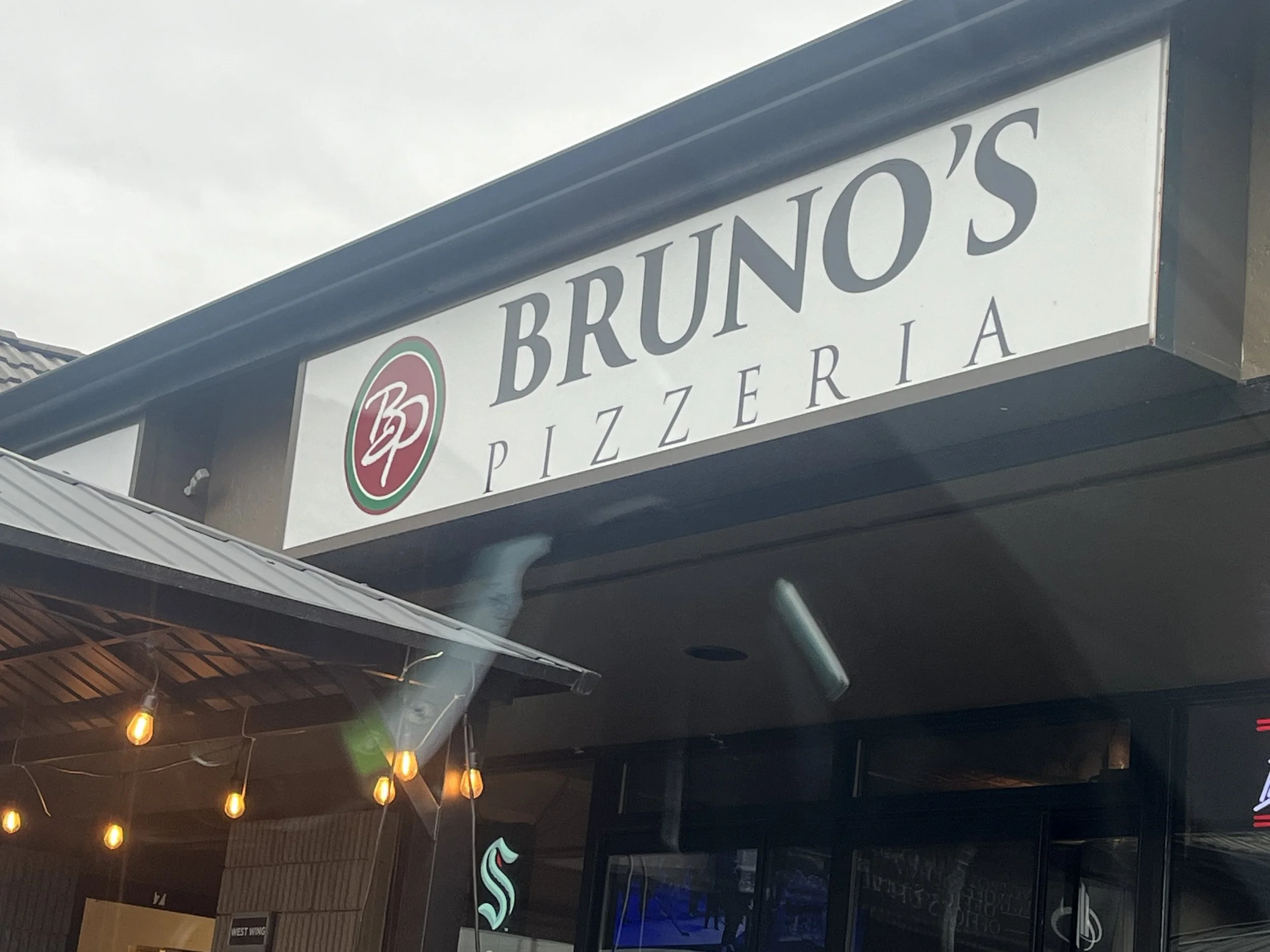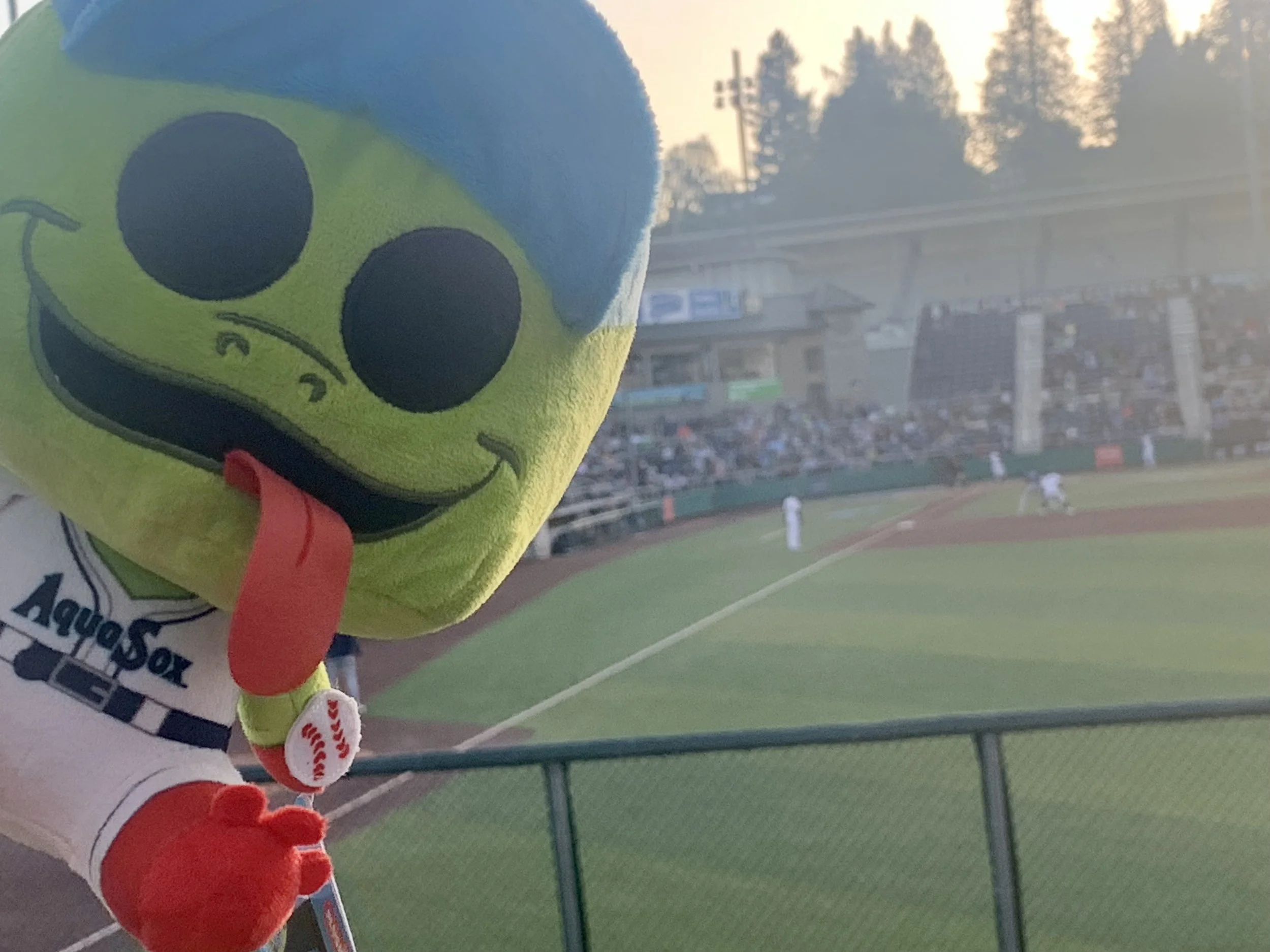Editor’s note: Originally published December 1, 2020. Republished February 16, 2023.
Avid Live in Everett readers maybe thinking, “Rosies” again? I read Richard Porter’s great article on “Rosie the Riveters” in Everett, too. I was so happy to see the African American female riveter picture. In full disclosure, I had JUST learned about “Black Rosies” so now I know to look for their inclusion.
As I studied the pic, I had a “but, wait... there’s more!” moment. Thoroughly inspired by Richard’s article, I began gathering more information on these pioneer women. I am excited to share some nuanced facts about the experiences of “Black Rosies,” especially of Boeing.
If you don’t know “Rosie the Riveter” was a cultural icon of World War II, representing the women who worked in factories and shipyards during the war. Many of them produced munitions and war supplies. Here are a dozen facts you should know about the “Black Rosies.”
The “Black Rosies” broke Boeing’s color barrier!
Florise Spearman (stenographer) was the first African American hired by Boeing in January 1942.
The second African American employee was Dorothy West Williams (the first black production worker) in April 1942.
Having a high rate of women working outside of the home was not a landmark occasion for black women. Forty-four percent of black women were already working outside of the home before WWII -twice the rate of white women.
Working for these government contracts for many black women was a chance to advance themselves and their families. For some, this employment provided them their first opportunity to buy homes and rental property to start accumulating generational wealth.
During WWII, there were approximately 600,000 “Black Rosies” in the United States during the conflict throughout the country, mostly in aerospace at companies like Boeing and also in the shipbuilding industry.
“Black Rosie” Betty Soskin wrote a biography about her time at Boeing. It is titled, “Sign My Name to Freedom: A Memoir of a Pioneering Life”
“Invisible Warriors: African American Women of World War II” is a film about the “Black Rosies” by Gregory Cooke (son of real-life “Black Rosie” Susan King).
“Josie the Riveter, “ Josie Dunn lived in Seattle and worked at Boeing from 1943 to 1981. She worked at many Boeing locations including Everett.
Some companies had employer-provided childcare for the “Rosie the Riveters” in their factories, except for the “Black Rosies.”
“Black Rosies” were paid less and had to join a separate auxiliary union without the same benefits.
Working as “Black Rosies” was a status job for black women over the domestic jobs most were relegated to prior to and during WWII.
The Signed Portrait of African American "Rosie the Riveters"// The Museum of Flight
Louise Williams, [France?], Velma Glass Johnson, Florence Thomas, Katie Jeffries, Althea Skelton, Ellamae, Mary Johnson
Here’s a tangential, but insightful fact. As pictured, they wore the “press and curl” hairstyle– short name, long process. First, their natural (likely, very tight curly) hair is shampooed, conditioned, and detangled. THEN, it’s pressed and curled. Every week or so, they needed many hours to make their hair “acceptable” for work (and society). Side note: In the South, we say, “I got my hair fried, dyed and laid to the side!”
Those dozen facts add layers to the “Rosie the Riveter” story and add more insight into the shared experiences of ”Black Rosies.” They paved the way for Boeing’s commitment to diversity that stands to this day. The “Black Rosies” broke ground and sowed seeds of change. They bloomed. Despite the thorns, they made Black Herstory.
Which fact was most interesting or surprising to you?
Check out more of Terra’s Black Rosie inspired artwork.

Terra Patterson’s business name and tagline, Planet Terra Art by Terra…Planet of the Arts, is based on her curiosity of many types of art and crafts and her name, Terra (meaning planet Earth). Even though she’s from Florida, she loves mountains and trails more than beaches. The art of baking bread is her new jam and she says it’s so good with butter and jam, too! You can find her on Instagram and Youtube.
